Is your cat hiding more than usual, or maybe following you from room to room with wide, anxious eyes? You’re not alone—countless cat owners have experienced moments where their beloved feline seems to act out of character. But what if these odd behaviors are actually silent cries for help? Understanding the subtle, and sometimes surprising, ways cats ask for support when stressed can transform your relationship and bring peace to your home. Let’s unravel the mysterious world of feline stress and discover the powerful, heartfelt ways your kitty might be reaching out to you for comfort.
1. Excessive Grooming: When Licking Becomes a Cry for Help
Cats are famously clean, but when grooming crosses the line into obsession, it’s often a sign of stress. You might notice your cat licking one spot over and over, sometimes even until the fur thins or bald patches appear. This behavior, called over-grooming, is a self-soothing mechanism, much like a child sucking their thumb when anxious. It’s a silent but powerful plea for reassurance. Imagine someone nervously biting their nails—your cat’s repetitive licking is much the same. If you notice this, your furry friend is asking for a gentle touch, a soothing voice, or just some quiet together time to ease their worries.
2. Hiding Away: The Classic Feline Disappearing Act
A cat that suddenly vanishes under the bed, behind the couch, or into closets isn’t just being sneaky. Hiding is a cat’s age-old response to fear or stress. It’s a way for them to find safety when the world feels overwhelming. Think about how you might retreat to your bedroom when you’ve had a tough day—cats do the same, just in smaller, darker spaces. If your cat starts choosing solitude over snuggles, they’re asking you to notice, to respect their boundaries, and maybe to softly coax them out with love and patience.
3. Loss of Appetite: When Mealtime Turns Into a Message
A cat who suddenly turns up their nose at food isn’t just being picky; it’s often a sign they’re troubled. Stress can dampen their appetite, making mealtime unappealing or even distressing. This subtle refusal is a way of saying, “Something’s not right.” As a loving cat owner, noticing this change can be heartbreaking, but it’s also a chance to offer support. Try sitting with your cat during meals, offering gentle encouragement, or tempting them with their favorite treats. It’s more than just food—it’s about comfort and care.
4. Clinginess: When Your Cat Becomes Your Shadow
Some cats react to stress by clinging tightly to their humans. You might find your cat following you everywhere, weaving between your legs, or meowing for attention at every turn. This sudden neediness is a heartfelt request for security. Imagine a child reaching for their parent’s hand in a crowded place—your cat’s constant presence is just that. When your cat becomes extra affectionate, they’re not just being cute—they’re asking for your steady presence to help them feel safe.
5. Aggression or Irritability: When Stress Boils Over
A usually sweet-tempered kitty turning scratchy, hissing, or biting can be shocking. But sudden aggression is often a mask for anxiety. Stress can make your cat feel cornered or threatened, even if there’s no real danger. This behavior is a desperate attempt to regain control. It’s as though your cat is shouting, “I need space!” Instead of punishment, respond with understanding. Give them room to calm down, and offer peace rather than confrontation. It’s their way of asking for patience and compassion.
6. Changes in Litter Box Habits: Silent Signals of Distress
When a well-trained cat starts avoiding their litter box or has accidents around the house, it’s not spite—it’s stress. Changes in bathroom behavior are a major red flag. It could be as simple as urinating just outside the box or as distressing as finding puddles in unexpected places. This is your cat’s way of waving a white flag, hoping you’ll notice their discomfort. It’s time to check for changes in the environment or household that might be causing anxiety, and to reassure your cat that they’re safe.
7. Excessive Vocalization: When Meows Turn Into Pleas
If your quiet cat suddenly becomes a chatterbox, don’t ignore it. Increased vocalization—be it meows, yowls, or even purring at odd times—can be a cat’s way of vocalizing their stress. It’s as if they’re trying to talk to you, asking for help in the only way they know how. This new “conversation” might happen at night or when you leave the room. Responding with soothing tones and affection can let your cat know you’re listening and that you care.
8. Restlessness: Pacing and Unsettled Energy
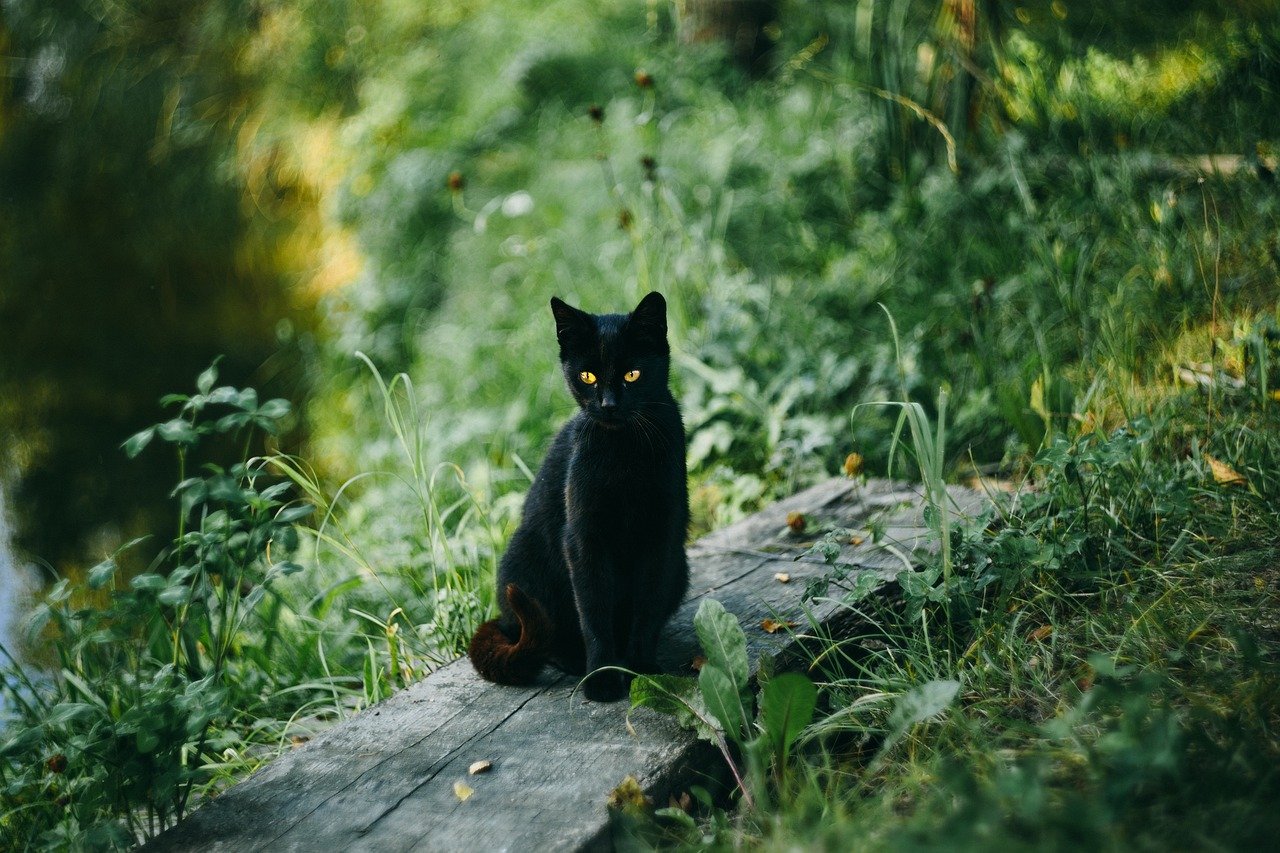
A cat that’s suddenly restless—unable to settle, pacing the house, or repeatedly moving from spot to spot—is likely feeling uneasy. This jittery behavior is similar to a person nervously tapping their foot. Restlessness is a visible sign that your cat can’t find comfort. They may jump onto surfaces they usually avoid or constantly change their sleeping spots. Offering a calm environment and spending quiet time together can provide the grounding presence they crave.
9. Destructive Scratching: Claws as a Stress Outlet
When your cat starts shredding furniture or scratching doors more than usual, it’s not just naughty behavior. Scratching is a natural way for cats to relieve tension. Under stress, this activity becomes more intense, almost frantic. It’s as if your cat is trying to scratch away their worries. Providing more scratching posts, or redirecting their energy with play, isn’t just about saving your sofa—it’s showing your cat you understand their need for an outlet.
10. Change in Sleeping Patterns: Too Much or Too Little Rest
Cats love their naps, but stress can disrupt their usual routines. You might notice your cat sleeping much more than usual, hiding away for hours, or, conversely, struggling to relax and dozing fitfully. These shifts in sleep are like a warning bell, signaling emotional turmoil. Just as people might sleep more during tough times, cats use sleep to escape their worries. Creating safe, cozy spaces and maintaining a calm routine can help restore their sense of security.
11. Avoidance of Favorite Activities: Lost Interest as a Warning Sign
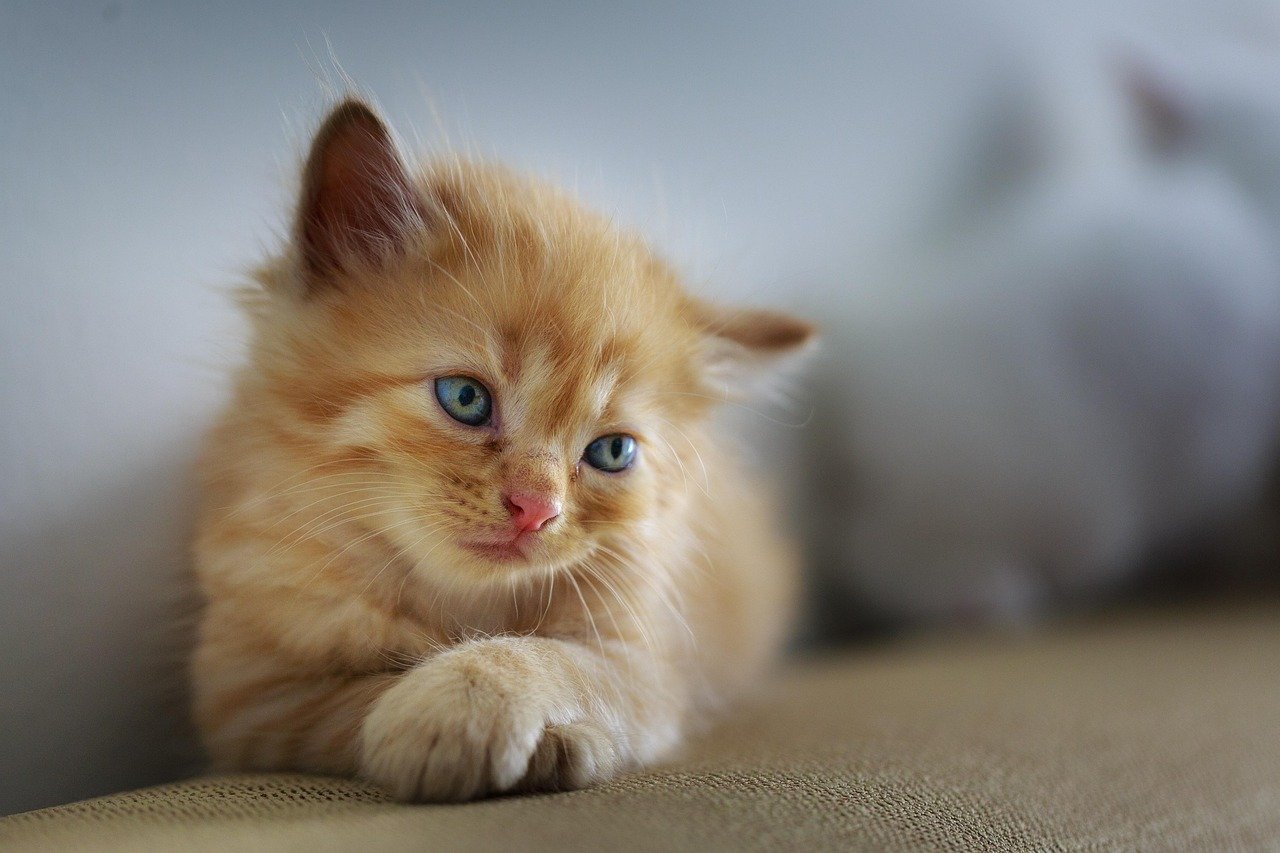
A playful cat who suddenly ignores their favorite toys or refuses to engage in games is sending a strong message. Loss of interest in once-loved activities is a classic sign of stress or sadness. It’s as if your cat is telling you, “I just don’t feel like myself.” Gently encouraging play and providing new, exciting toys can reignite their curiosity and show them you’re there to help.
12. Dilated Pupils and Flattened Ears: Body Language of Anxiety
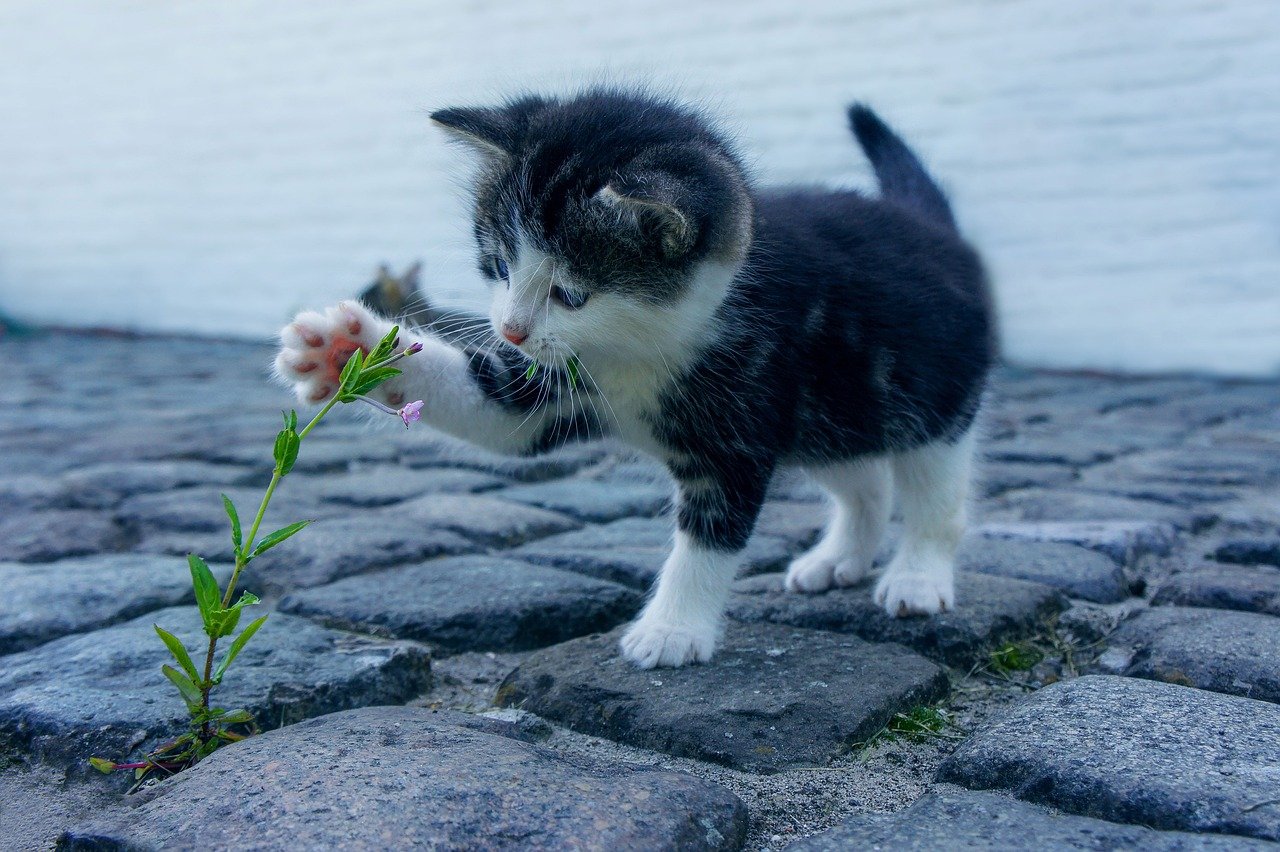
Cats communicate volumes through their body language. Wide, dilated pupils and ears flattened against the head are clear signs of anxiety. These physical reactions are your cat’s way of showing fear or discomfort. It’s like seeing a person with tense shoulders and a worried face. Noticing these subtle cues can help you intervene early, offering gentle reassurance before stress turns into more serious problems.
13. Excessive Shedding: Fur Flying From Stress

You may notice more fur on your clothes or around the house when your cat is stressed. Excessive shedding is an often-overlooked sign of anxiety. Just like humans might lose hair during stressful periods, cats shed more when uneasy. A soothing brushing session can be both practical and comforting, reinforcing your bond while easing your cat’s nerves.
14. Sudden Startle Responses: Jumpiness as a Clue
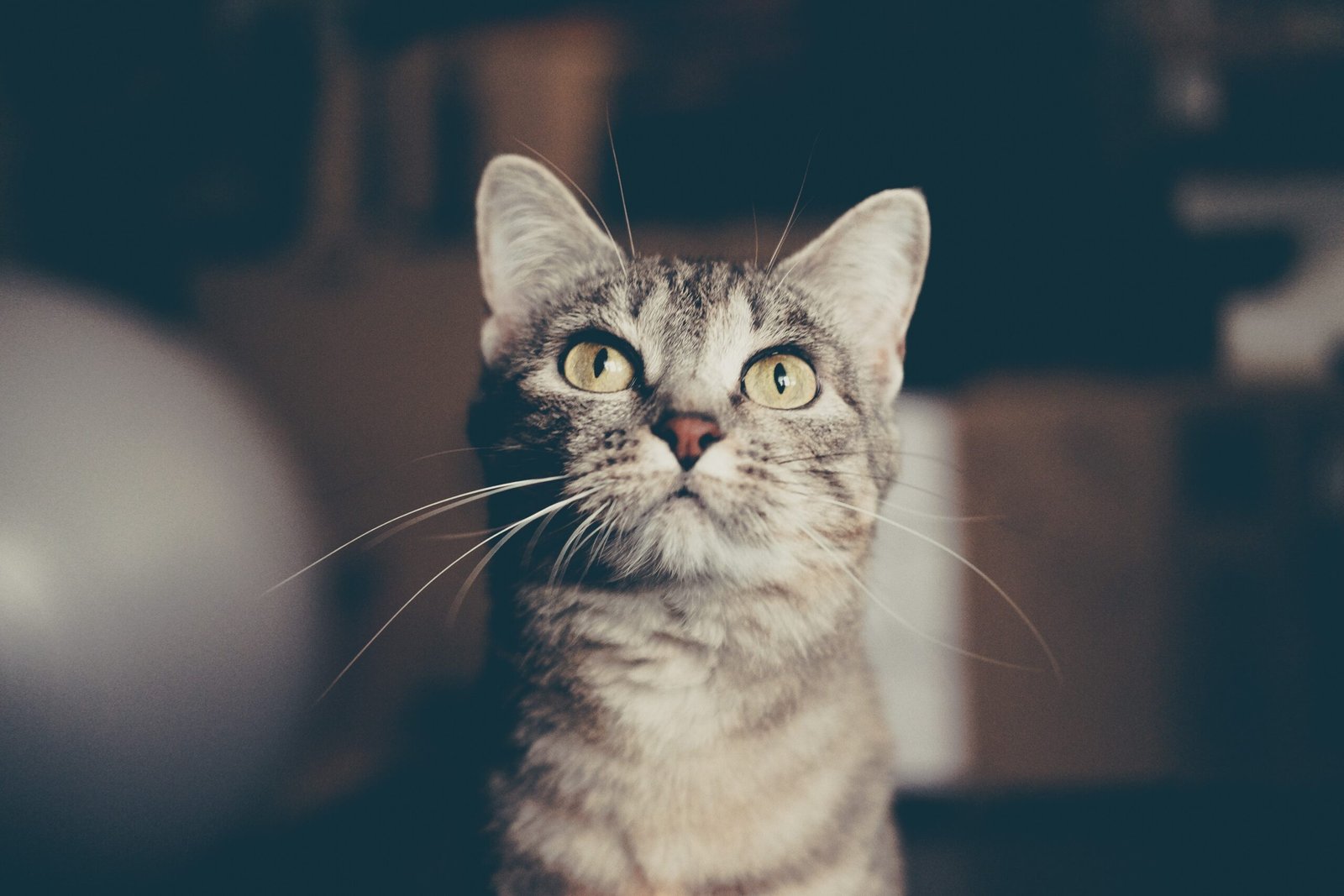
If your cat is suddenly jumpy—reacting to the slightest noise, movement, or touch—they’re showing heightened stress. This startle response is an instinctive reaction, a sign that your cat’s nerves are on edge. You might notice them darting away or freezing at unexpected sounds. Creating a quiet, stable home environment and minimizing sudden changes can help your cat relax and feel safe again.
15. Overreliance on Comfort Objects: Seeking Security in the Familiar
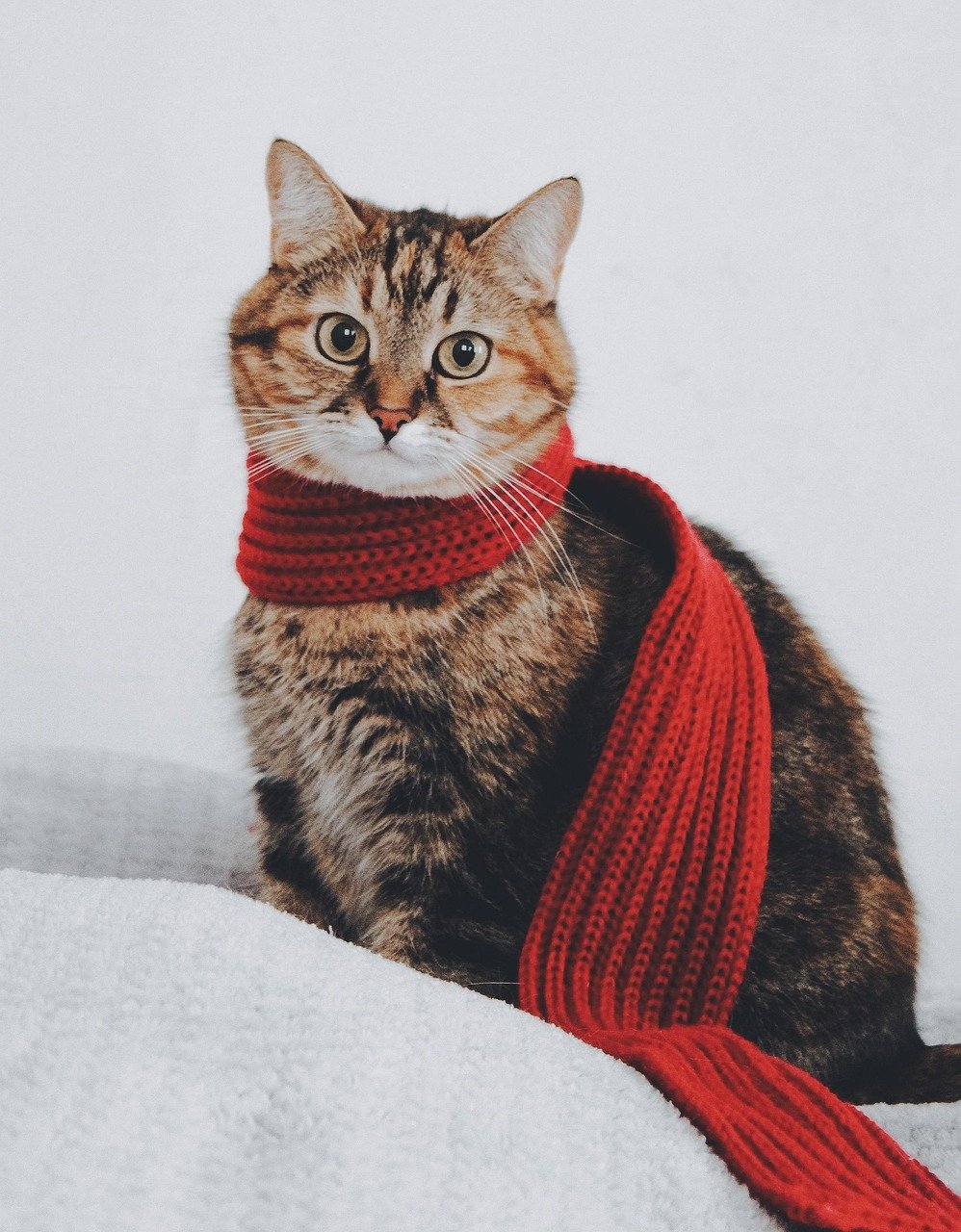
Some cats will cling to a favorite blanket, toy, or spot in the house when stressed. This attachment to comfort objects is their way of seeking security. Just as a child might hold onto a stuffed animal when scared, your cat’s behavior is a plea for stability. Keeping these items close by and offering extra affection when they seek them out can help soothe their anxiety.
16. Unusual Vocal Sounds: Chattering, Growling, or Trilling
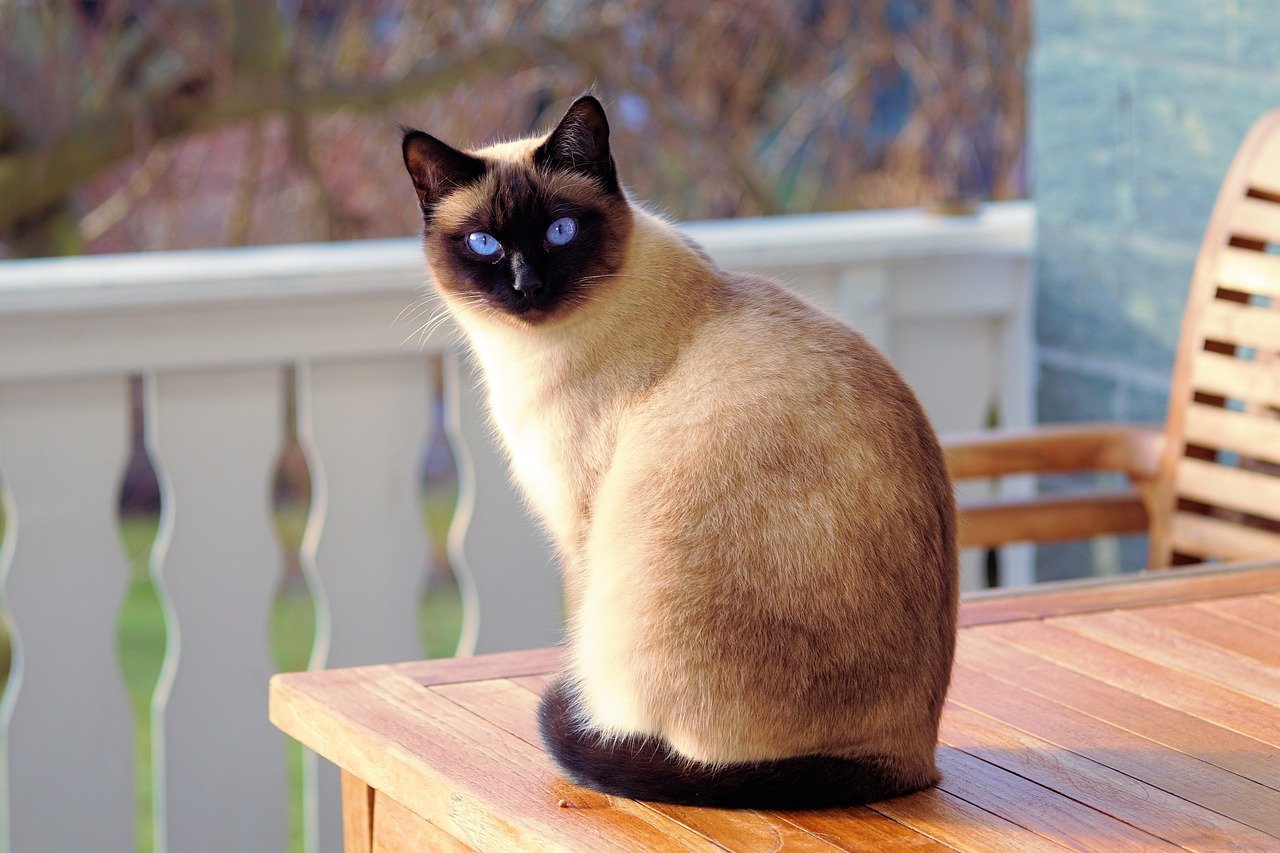
Besides increased meowing, stressed cats may make unusual sounds like chattering, growling, or trilling. These noises are different from their normal vocalizations and can be startling. It’s their way of expressing confusion or distress—almost like a person muttering under their breath when upset. Paying attention to these new sounds can give you insight into your cat’s emotional state and what might be troubling them.
17. Avoiding Eye Contact: Subtle Signals of Unease

Cats use eye contact to communicate trust and comfort. When stressed, they may avoid looking at you directly, turning their head or closing their eyes instead. This avoidance is their way of saying they’re not comfortable. It’s a gentle, non-confrontational way of asking for space. Respecting their boundaries and approaching them slowly can help rebuild trust and ease their anxiety.
18. Sudden Weight Changes: Gaining or Losing Pounds

Stress can cause cats to eat more or less, leading to noticeable weight changes over time. A sudden gain or loss in weight is never normal and usually points to emotional or physical distress. Monitoring your cat’s body condition and consulting a vet if you notice changes can help you catch underlying problems early. Providing a consistent feeding schedule and offering healthy treats can also add a layer of comfort.
19. Excessive Scent Marking: Rubbing and Head-Butting More Than Usual
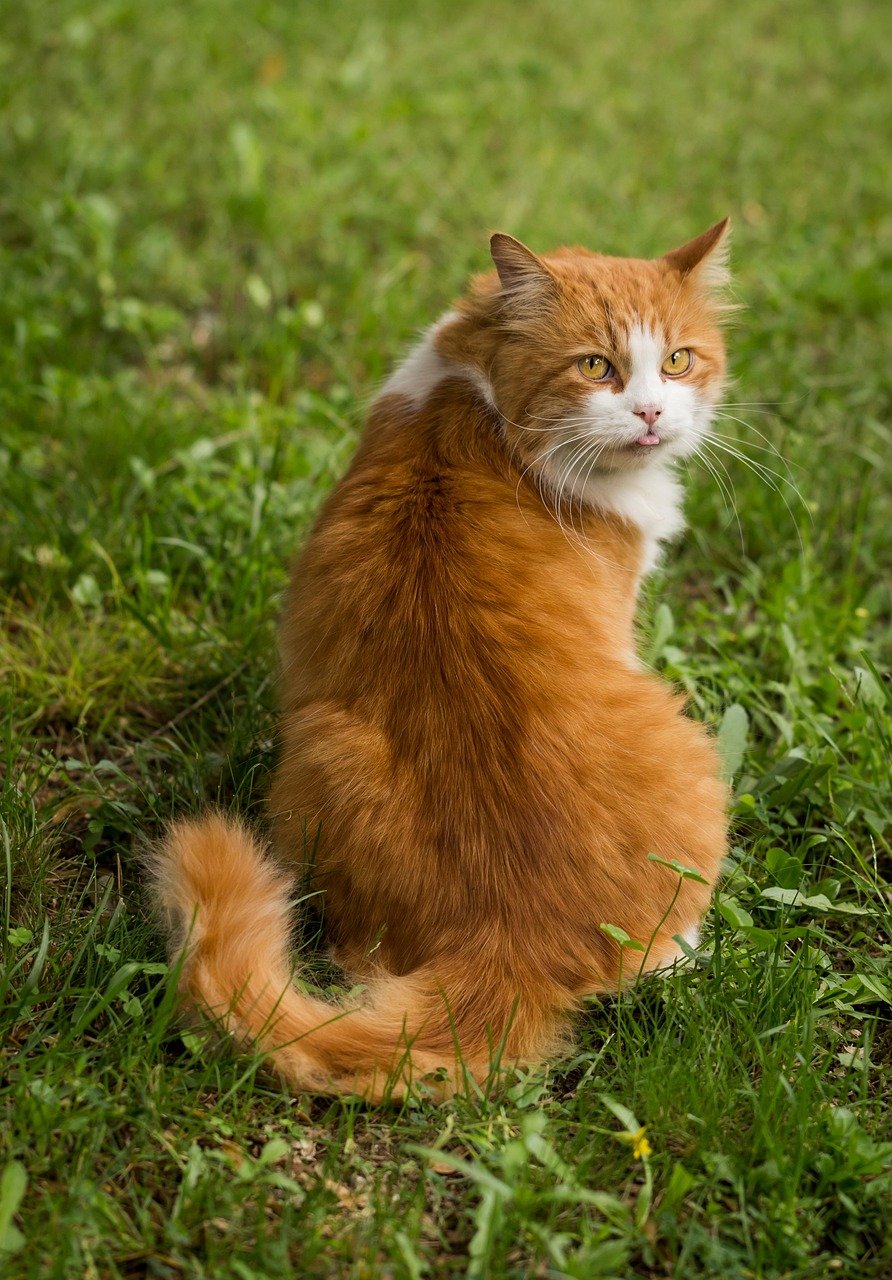
Cats often rub their cheeks or bodies against furniture, people, or other pets to mark their territory with scent. When stressed, this behavior can become obsessive. You may find your cat head-butting you or rubbing against the same spot repeatedly. It’s their way of seeking reassurance by surrounding themselves with familiar scents. Responding with gentle petting and calm words helps reassure them that their world is still safe.
20. Frequent Yawning or Stretching: Subtle Soothing Techniques
Yawning and stretching may seem like ordinary behaviors, but when they become frequent, they can be a coping mechanism for stress. These actions help your cat release tension and calm their nerves. It’s similar to a person taking deep breaths when anxious. Observing these behaviors can help you identify moments of unease, giving you the chance to offer comfort and support when your cat needs it most.
Hi, I’m Bola, a passionate writer and creative strategist with a knack for crafting compelling content that educates, inspires, and connects. Over the years, I’ve honed my skills across various writing fields, including content creation, copywriting, online course development, and video scriptwriting.
When I’m not at my desk, you’ll find me exploring new ideas, reading books, or brainstorming creative ways to solve challenges. I believe that words have the power to transform, and I’m here to help you leverage that power for success.
Thanks for stopping by, Keep coming to this website to checkout new articles form me. You’d always love it!






